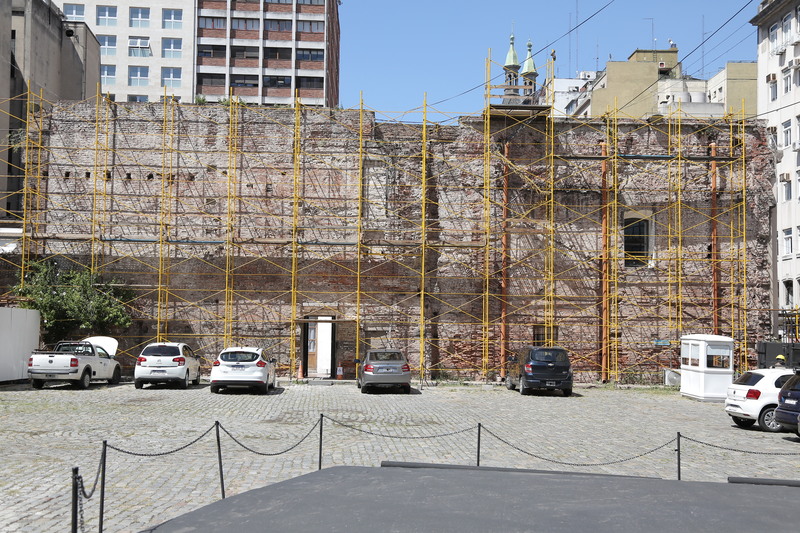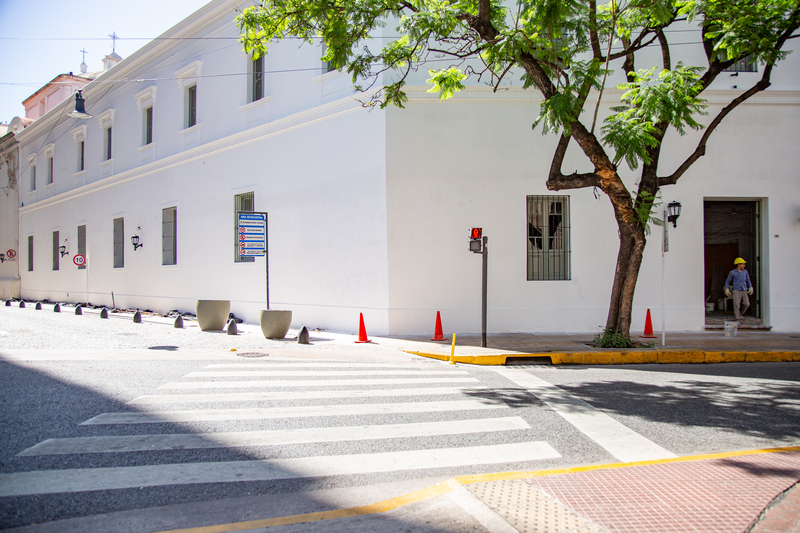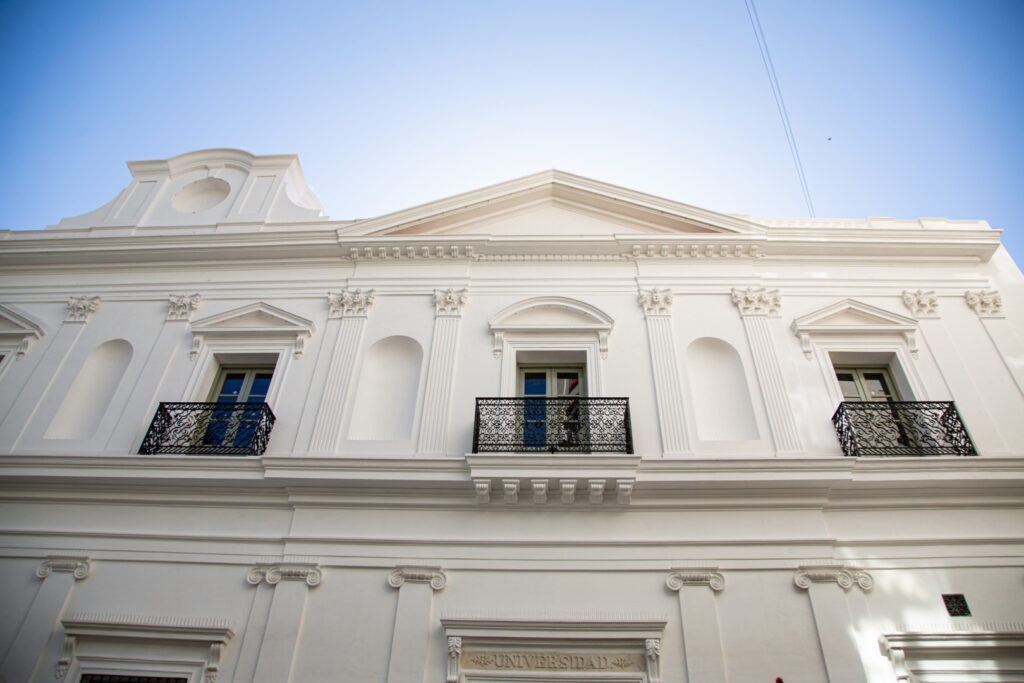Con un acto que contó con presentaciones de tango y música urbana, la Manzana de las Luces recuperó su histórico esplendor luego de las obras de renovación.
Estos trabajos fueron llevados adelante a raíz de un proyecto de restauración edilicia encabezado por el Ministerio de Cultura de la Nación que comenzó en 2021, y en sintonía con la propuesta de su museo: una programación cultural que concibe al patrimonio como una herramienta para pensar el presente y dialogar con las diversas comunidades.
Según detalló la Secretaria de Patrimonio Cultural Valeria González, “el valor patrimonial de nuestros museos nacionales implica, en primera instancia, sus propios edificios, muchos de ellos declarados monumento nacional. Su preservación y recuperación edilicia es uno de los objetivos fundamentales de nuestra gestión y como edificio testigo que guarda capas y capas de diversas épocas, la Manzana de las Luces es incomparable”.

Impulsada por la Dirección Nacional de Museos, dependiente de la Secretaría, la puesta en valor del predio delimitado por las calles Alsina, Moreno, Bolívar y Perú implicó la intervención en dos construcciones emblemáticas: la Ex Procuraduría y las Ex Casas Redituantes.
Sobre la esquina de Alsina y Perú se reconstruyeron las fachadas internas y externas de la Ex Procuraduría, ahora pintadas de blanco y con revoques a tono con su aspecto original. En Perú y Moreno, las casas Redituantes o de alquiler, construidas en 1783 por orden del Virrey Vértiz para alojar a la corte virreinal y finalmente utilizadas como calabozos, contarán con nuevas cubiertas y mejoras en fachadas y desagües pluviales.
Los trabajos forman parte de un proceso mayor que, en palabras de Marisa Baldasarre, directora Nacional de Museos, busca recuperar la identidad de la Manzana en todas sus aristas. “Gran parte de la historia argentina sucedió en este lugar, que se encontraba abandonado no solo en términos edilicios y patrimoniales sino como espacio para alojar, oír y recepcionar a las comunidades de hoy. Desde el Ministerio nos propusimos su recuperación en todos estos aspectos”. Y señala que la puesta en valor del sitio está contemplada, a su vez, dentro de un plan general de restauración de museos impulsado por el Ministerio de Cultura con intervenciones edilicias y museográficas y rediseños de exposiciones en espacios que presentaban un importante estado de abandono y montajes vetustos.
Declarado Museo Nacional Complejo Histórico Cultural Manzana de las Luces en 2013, el sitio ha sido objeto durante cuatro siglos de múltiples intervenciones que implicaron demoliciones, ampliaciones, modificaciones y sustituciones como resultado de cambios de dominio, decisiones políticas y adaptaciones funcionales que alteraron su fisonomía.

“Es muy interesante ver la historia en forma de capas de ladrillos y revoques. La Manzana es un gran conglomerado de temporalidades, una pieza arqueológica a cielo abierto”, describe Gustavo Blázquez, antropólogo, investigador del Conicet y actual director del Complejo.
Como uno de los edificios más antiguos de Buenos Aires, la Manzana también ha sido “de los peor tratados”, opina el director. Y detalla: “Luego de que la UBA dejara la Manzana en 1971, se tiró abajo la antigua Facultad de Ciencias Exactas y Naturales y el despacho del Museo de Historia Natural donde dieron clases científicos como Hermann Burmeister o Florentino Ameghino. Más allá de estos cambios, la fachada del edificio recibió escasa atención y podemos decir que el esplendor que hoy luce no se ve desde hace décadas”.
Durante el desarrollo de las obras hubo hallazgos arqueológicos únicos en el área de las Ex Casas Redituantes: quedaron al descubierto un antiguo sistema de recogida de aguas cloacales y pluviales y una cisterna, en cuyo estudio y consolidación trabaja el equipo de antropología urbana del Ministerio.
“Que ahora se pueda ver el patio de arqueología que se fue descubriendo gracias a las tareas de recuperación y que eso nos dé un registro de cómo se vivía en el siglo XIX es importante por su conexión con el patrimonio construido”, destaca Patricia Cárcova, arquitecta a cargo de la restauración y asesora de la Dirección General de Infraestructura del Ministerio.
La restauración también permite apreciar las superposiciones e interacciones entre una fachada del siglo XIX sobreimpuesta a un edificio colonial, y resignifica detalles como el cincelado de la palabra “Universidad” sobre la puerta de ingreso de Perú 222. “Por ella ingresaron brutalmente las fuerzas policiales de la dictadura de Onganía durante la Noche de los Bastones Largos y por ella salieron, con sus cabezas ensangrentadas, estudiantes, docentes y grandes científicos y científicas”, señala Blázquez.


